Home>Gardening & Outdoor>Landscaping Ideas>What Is The Best Aerator For Lawns
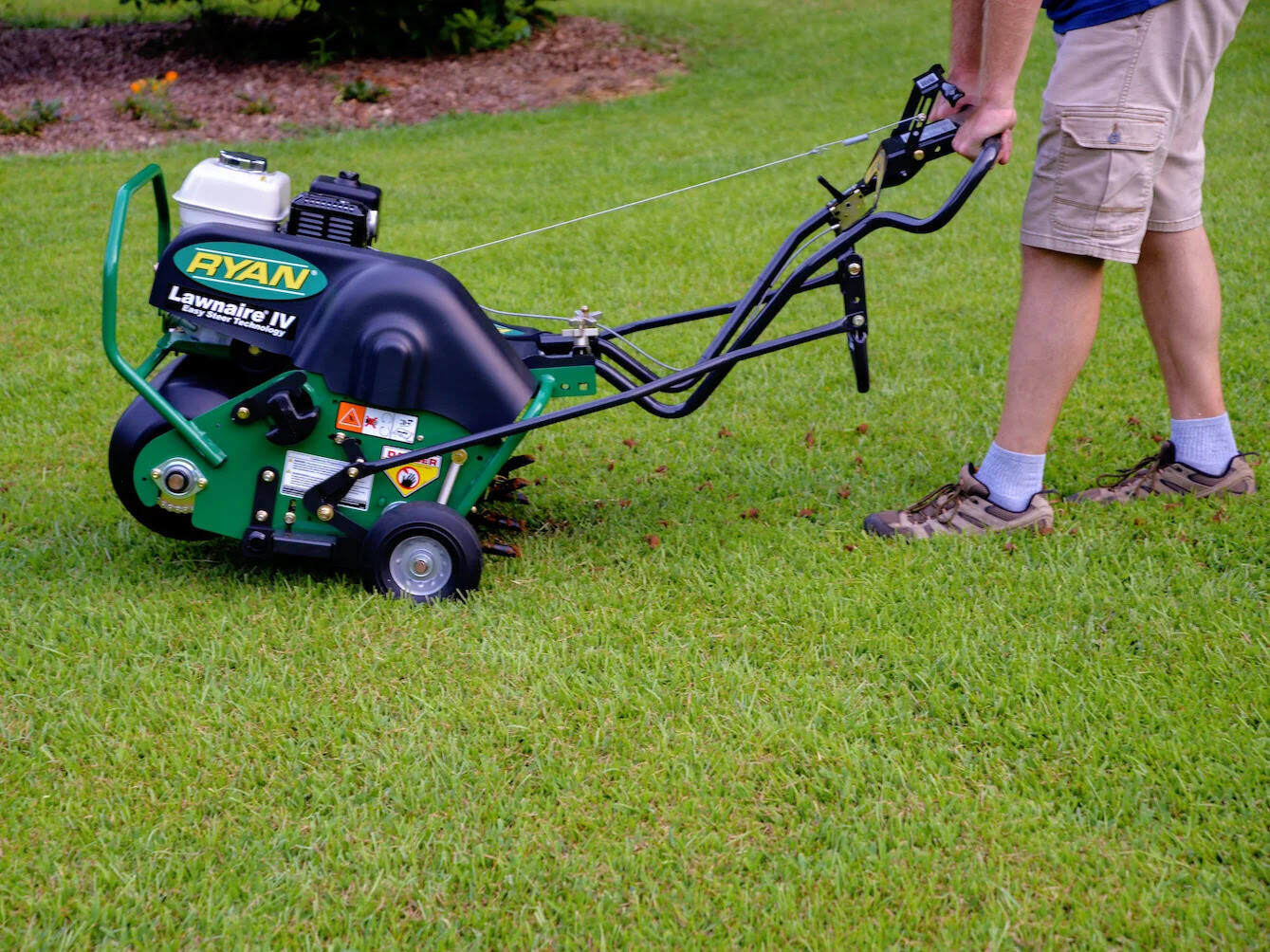

Landscaping Ideas
What Is The Best Aerator For Lawns
Published: December 25, 2023
Looking for the best aerator for your lawn? Discover top landscaping ideas and find the perfect aerator for your yard. Improve your lawn's health and appearance today!
(Many of the links in this article redirect to a specific reviewed product. Your purchase of these products through affiliate links helps to generate commission for Storables.com, at no extra cost. Learn more)
Introduction
Maintaining a lush, vibrant lawn requires more than just regular mowing and watering. Aeration is a crucial practice that promotes healthy grass growth by allowing air, water, and nutrients to penetrate the soil. However, choosing the right lawn aerator can be a daunting task, given the variety of options available on the market. In this comprehensive guide, we will explore the essential factors to consider when selecting a lawn aerator, delve into the different types of aerators, and highlight the top 5 aerators currently making waves in the industry. Whether you're a seasoned lawn care enthusiast or a novice homeowner looking to elevate your lawn maintenance game, this article will equip you with the knowledge to make an informed decision and achieve the lush, verdant lawn of your dreams. Let's dive in and uncover the secrets to selecting the best aerator for your lawn.
Key Takeaways:
- Choosing the right lawn aerator involves considering factors like lawn size, soil type, and maneuverability. Understanding the different types of aerators, such as spike and core aerators, helps in making an informed decision.
- The top 5 lawn aerators on the market, like the Brinly PA-40BH Tow-Behind Plug Aerator and Yard Butler Lawn Coring Aerator, offer efficient and effective solutions for different lawn sizes and aeration preferences. Investing in the best aerator promotes long-term lawn health and beauty.
Read more: What Is Aeration In Lawn Care
Factors to Consider When Choosing a Lawn Aerator
When it comes to selecting the ideal lawn aerator for your yard, several crucial factors should guide your decision-making process. Understanding these key considerations will empower you to make a well-informed choice that aligns with the specific needs of your lawn. Here are the essential factors to keep in mind:
- Lawn Size: The size of your lawn plays a pivotal role in determining the type of aerator that best suits your needs. For smaller lawns, a manual or handheld aerator may suffice, while larger lawns may benefit from the efficiency of a powered aerator.
- Soil Type: Different soil types have unique aeration requirements. Clay soils, for instance, tend to become compacted and may benefit from core aerators, while sandy soils may require spike aerators to enhance water and nutrient penetration.
- Aeration Depth: Consider the depth at which you need to aerate your lawn. Some aerators can penetrate deeper into the soil, promoting better root development and overall grass health.
- Maneuverability: Evaluate the maneuverability of the aerator, especially if you have landscaping features or obstacles in your yard. Aerator size and design should allow for easy navigation around trees, flower beds, and other obstructions.
- Frequency of Use: Determine how frequently you plan to aerate your lawn. For occasional aeration, a rental or manual aerator may suffice, while frequent aeration may warrant investing in a durable, long-term solution.
- Cost and Budget: Assess your budget and the cost of various aerator options. Consider the long-term benefits of investing in a high-quality aerator that aligns with your lawn’s needs and your maintenance schedule.
By carefully evaluating these factors, you can narrow down your options and select a lawn aerator that will effectively address the specific requirements of your lawn, ultimately contributing to its overall health and beauty.
Types of Lawn Aerators
Before delving into the selection of a lawn aerator, it’s essential to understand the various types available and their respective functionalities. Each type of aerator offers unique benefits and is designed to address specific soil and lawn conditions. Here are the primary types of lawn aerators:
- Spike Aerators: Spike aerators, also known as tine aerators, feature solid spikes that penetrate the soil, creating holes to allow air, water, and nutrients to reach the grassroots. While spike aerators are effective for breaking up compacted soil, they may not be suitable for highly compacted soil as they can further compress the surrounding soil.
- Core Aerators: Core aerators, often referred to as plug aerators, extract small plugs or cores of soil from the ground, alleviating compaction and allowing for improved air circulation and water absorption. This type of aerator is particularly beneficial for heavily compacted soils and is considered a more effective aeration method compared to spike aerators.
- Manual Aerators: Manual aerators are typically designed for smaller lawns and require physical effort to operate. These aerators may feature a step-on design with solid tines or hollow tines to penetrate the soil. While manual aerators offer cost-effective aeration solutions, they may be labor-intensive for larger lawn areas.
- Powered Aerators: Powered aerators, including plug aerators and spike aerators, are equipped with engines or motors to facilitate the aeration process. These aerators are suitable for larger lawns and are available in walk-behind and tow-behind models, offering enhanced efficiency and reduced physical exertion compared to manual alternatives.
- Lawn Aerator Shoes: Aerator shoes are strapped onto the user’s footwear and feature spikes that penetrate the soil as the wearer walks across the lawn. While these may provide a budget-friendly and DIY aeration option, they are generally more suitable for maintenance aeration rather than addressing severe compaction issues.
Each type of lawn aerator serves a distinct purpose and offers unique advantages based on the specific needs of your lawn. Understanding the characteristics and benefits of these aerators will guide you in selecting the most suitable option to promote the health and vitality of your lawn.
Consider the size of your lawn when choosing an aerator. For smaller lawns, a manual or electric aerator may be sufficient. For larger lawns, a tow-behind or stand-on aerator may be more efficient.
Top 5 Lawn Aerators on the Market
With a myriad of lawn aerators available, identifying the top contenders in the market can simplify the decision-making process for homeowners and landscaping enthusiasts. The following selection showcases five highly regarded lawn aerators known for their effectiveness, durability, and overall performance:
- Brinly PA-40BH Tow-Behind Plug Aerator: This tow-behind plug aerator from Brinly features 24 heat-treated 16-gauge steel tines, capable of extracting 3-inch soil plugs to alleviate compaction and promote optimal air and water circulation. Its durable design and 40-inch working width make it suitable for larger lawns, offering efficient aeration with minimal effort.
- Agri-Fab 45-0299 Tow Plug Aerator: The Agri-Fab tow-behind plug aerator boasts a 48-inch working width and 32 rustproof plug knives, enabling thorough aeration and soil rejuvenation. Its universal hitch allows compatibility with a wide range of lawn tractors, making it a convenient and effective choice for homeowners seeking professional-grade aeration results.
- Yard Butler Lawn Coring Aerator: Ideal for smaller lawns, the Yard Butler coring aerator is a manual tool featuring foot bar for easy penetration into compacted soil. With its durable steel construction and ergonomic design, this handheld aerator effectively removes 3.5-inch plugs, enhancing the soil’s capacity to absorb nutrients and moisture.
- Agri-Fab 45-0365 Push Spike Aerator: For homeowners seeking a manual spike aerator, the Agri-Fab push spike aerator offers a 16-inch working width and durable steel spikes to facilitate aeration. Its transport handle and flat-free tires provide ease of maneuverability, making it an efficient choice for maintaining smaller to medium-sized lawns.
- Brinly PA-48BH Tow-Behind Plug Aerator: Another noteworthy offering from Brinly, this tow-behind plug aerator features 32 galvanized steel tines and a 48-inch working width, allowing for comprehensive aeration and soil revitalization. Its weight tray accommodates additional weight for improved soil penetration, making it a versatile and reliable choice for enhancing lawn health.
These top 5 lawn aerators represent a diverse range of options, catering to various lawn sizes and aeration preferences. Whether you prefer a manual, tow-behind, or push aerator, these selections encompass high-quality tools designed to elevate the health and vitality of your lawn with efficient and effective aeration.
Conclusion
Choosing the best lawn aerator for your yard is a pivotal step toward fostering a healthy, vibrant lawn that thrives year-round. By considering factors such as lawn size, soil type, aeration depth, maneuverability, frequency of use, and budget, you can make an informed decision that aligns with your specific lawn care needs.
Understanding the various types of lawn aerators, including spike aerators, core aerators, manual aerators, powered aerators, and aerator shoes, empowers you to select the most suitable tool to address soil compaction and promote optimal grass growth.
When exploring the top 5 lawn aerators on the market, options such as the Brinly PA-40BH Tow-Behind Plug Aerator, Agri-Fab 45-0299 Tow Plug Aerator, Yard Butler Lawn Coring Aerator, Agri-Fab 45-0365 Push Spike Aerator, and Brinly PA-48BH Tow-Behind Plug Aerator present compelling choices for homeowners seeking efficient and effective aeration solutions tailored to their lawn’s unique requirements.
Ultimately, investing in the best aerator for your lawn is an investment in the long-term health and beauty of your outdoor space. Regular aeration not only alleviates soil compaction but also enhances the soil’s capacity to absorb essential nutrients, water, and oxygen, fostering robust root development and lush, resilient grass growth.
As you embark on the journey to elevate your lawn care routine, armed with the knowledge of essential factors, types of aerators, and top market offerings, you are poised to make a confident and informed decision that will contribute to the flourishing beauty of your lawn for years to come.
Frequently Asked Questions about What Is The Best Aerator For Lawns
Was this page helpful?
At Storables.com, we guarantee accurate and reliable information. Our content, validated by Expert Board Contributors, is crafted following stringent Editorial Policies. We're committed to providing you with well-researched, expert-backed insights for all your informational needs.
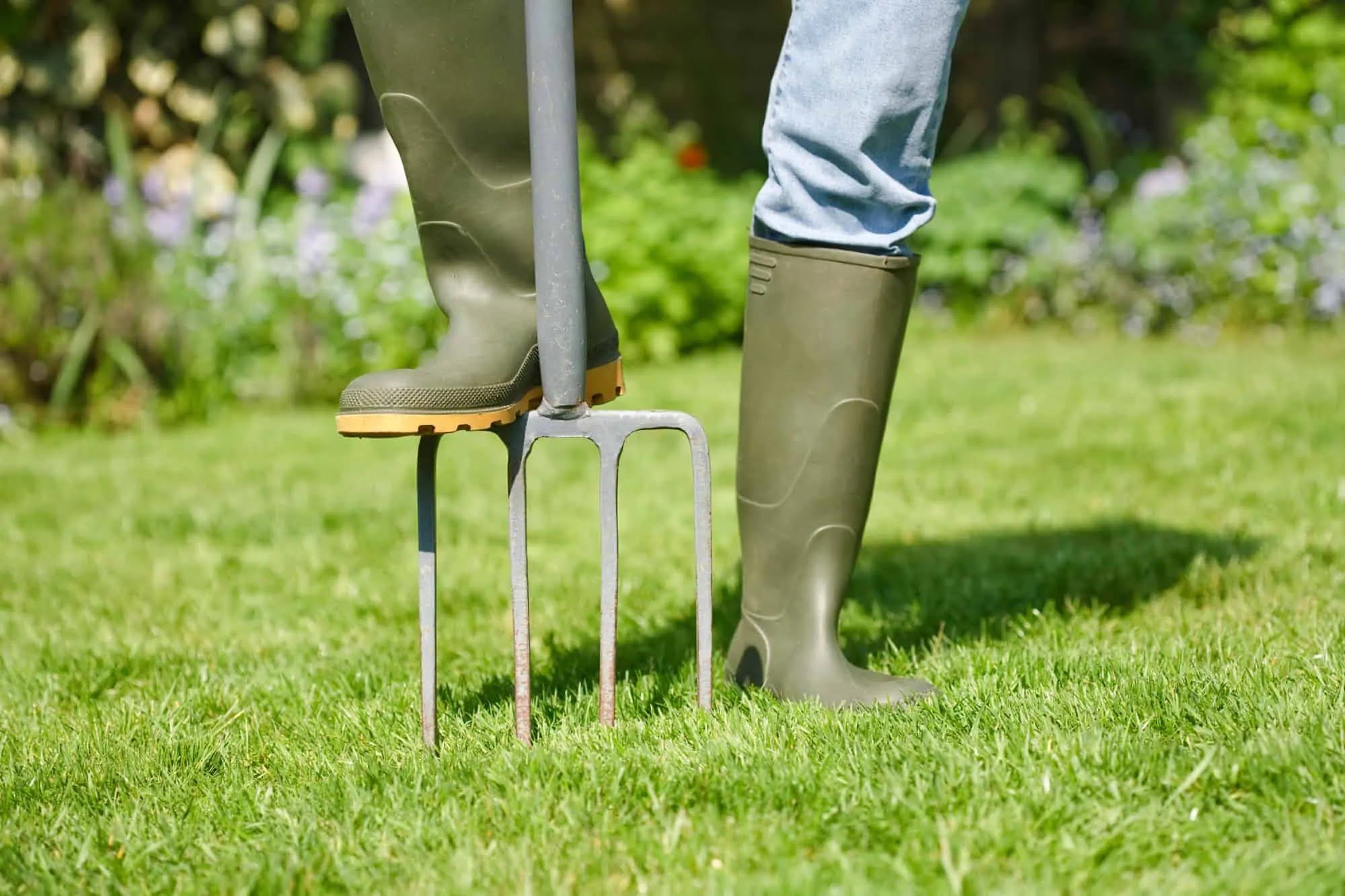

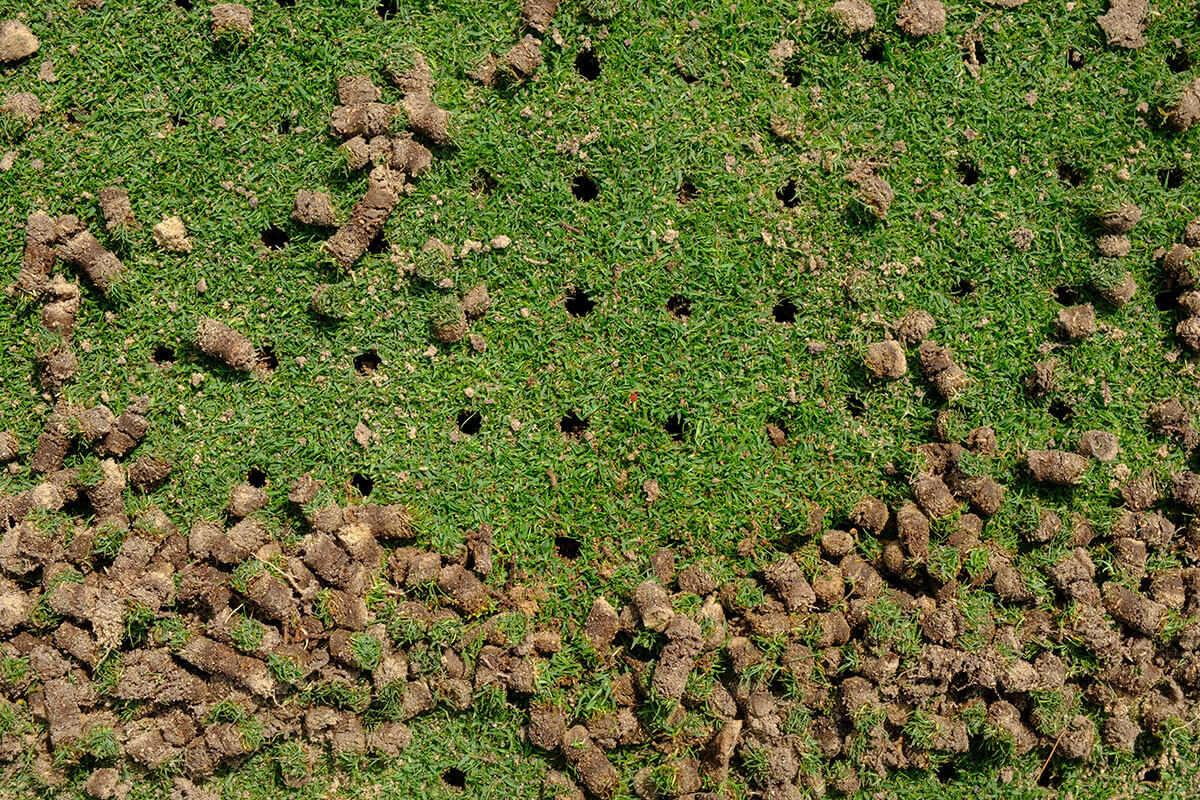
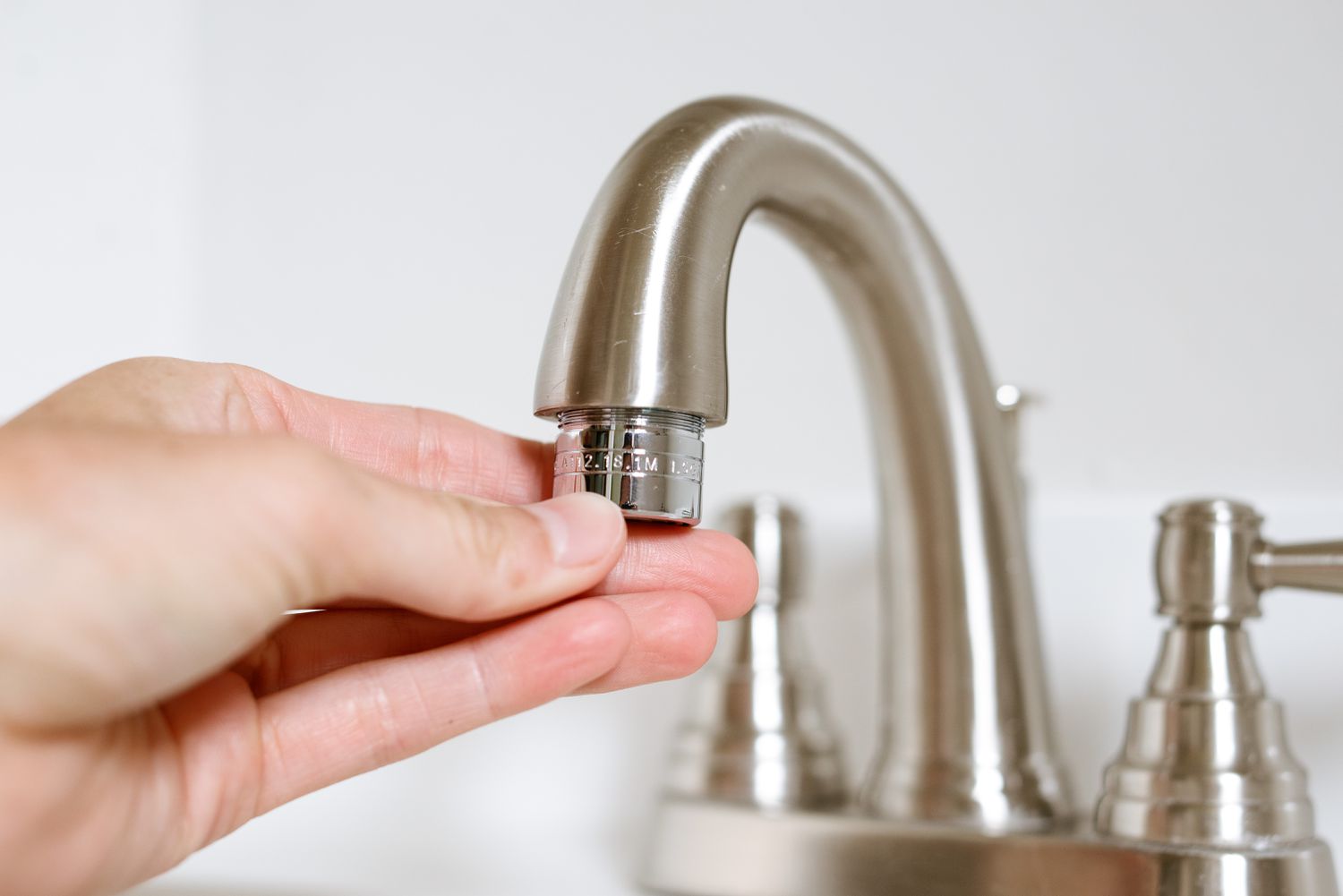
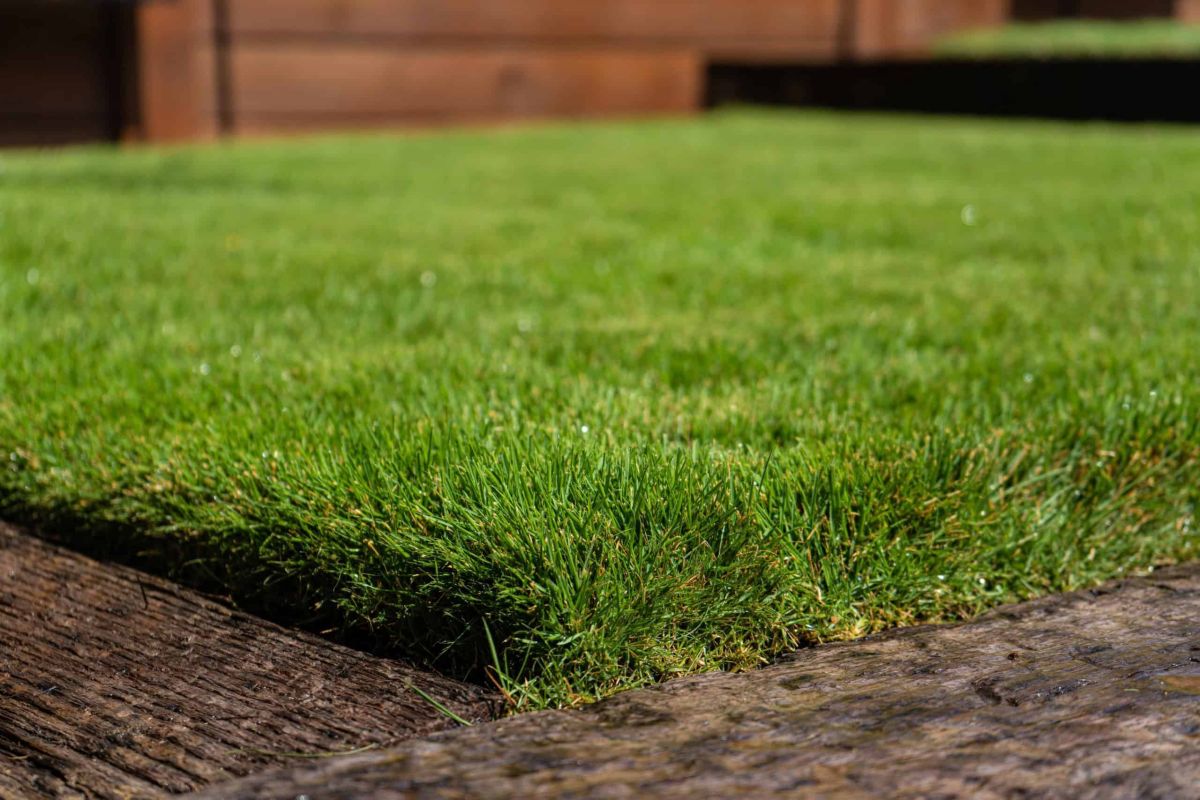
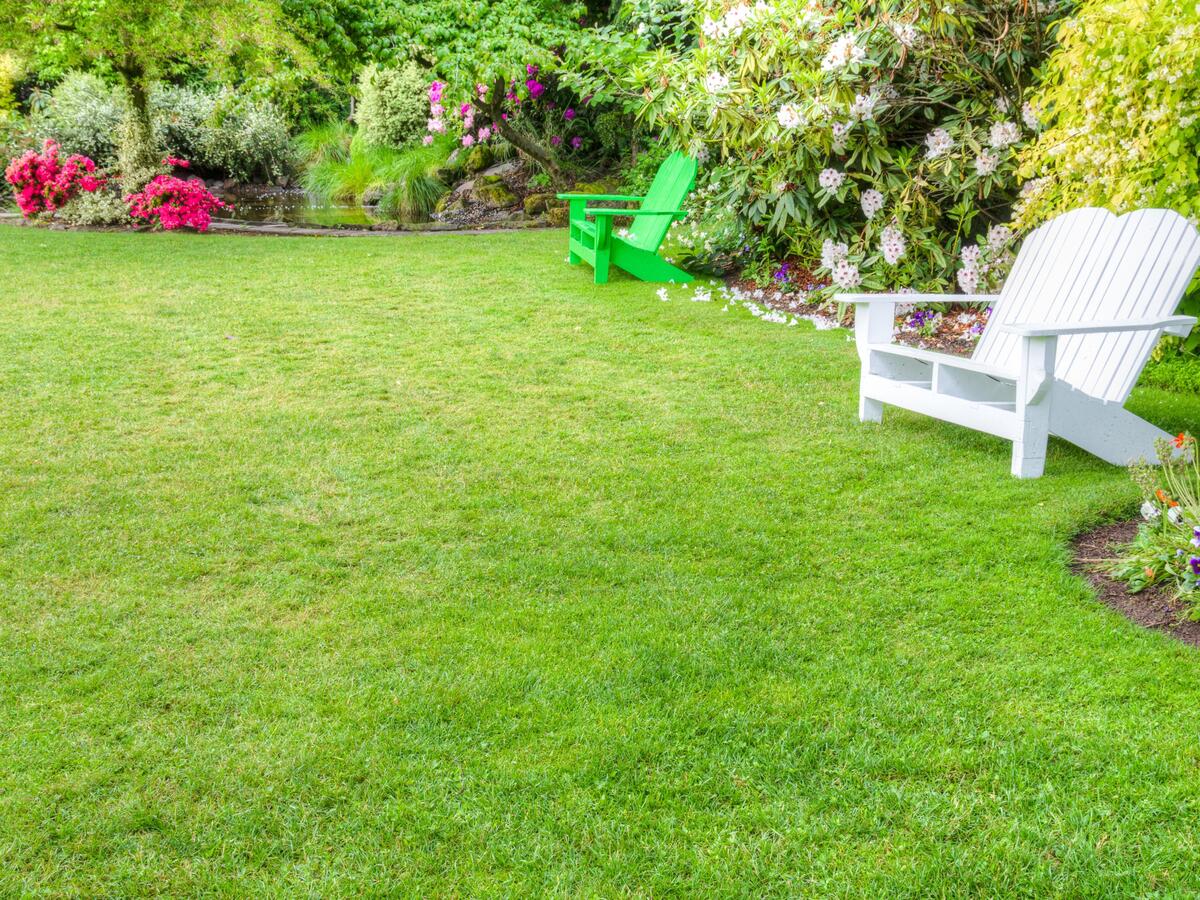
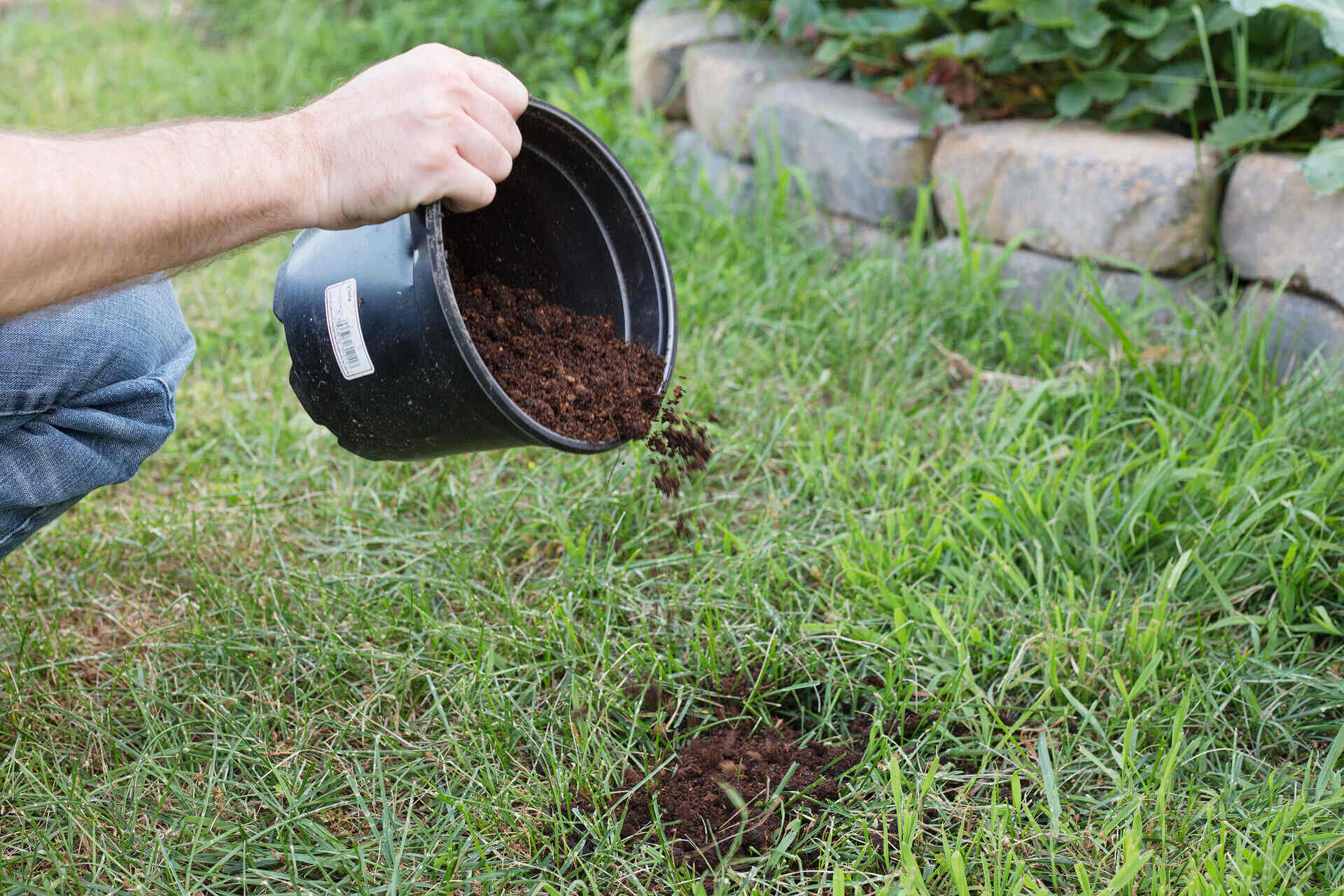
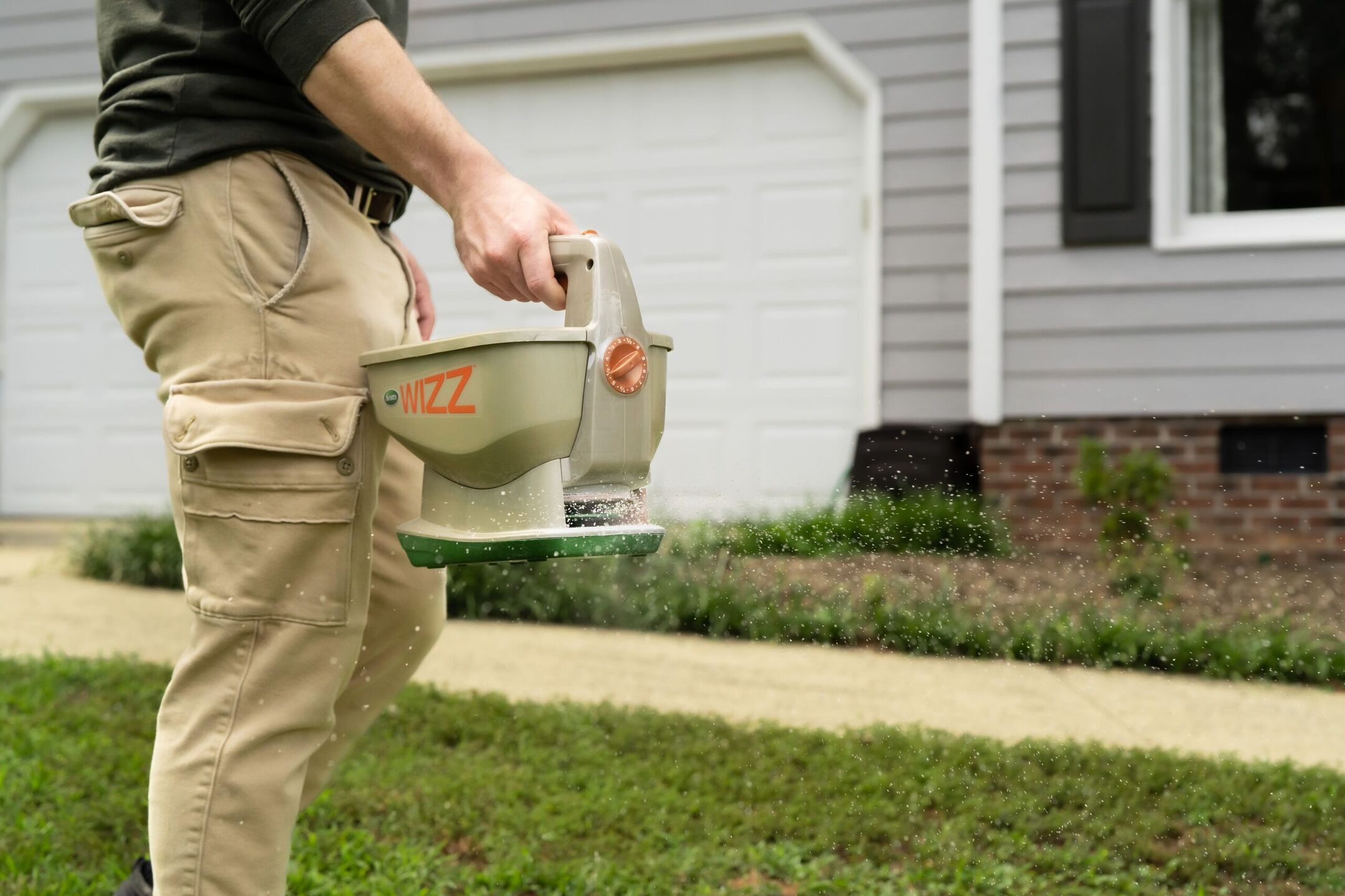
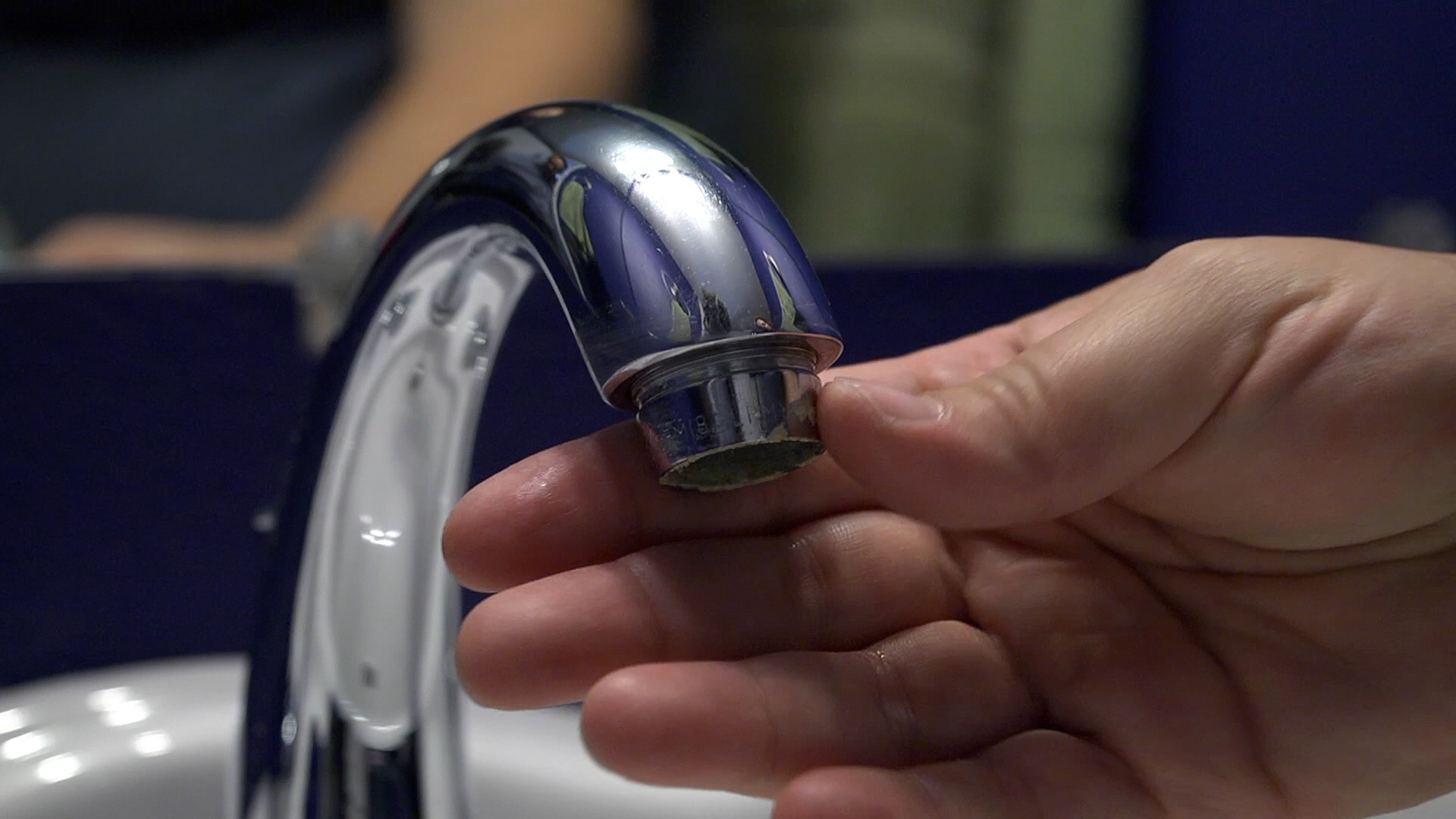
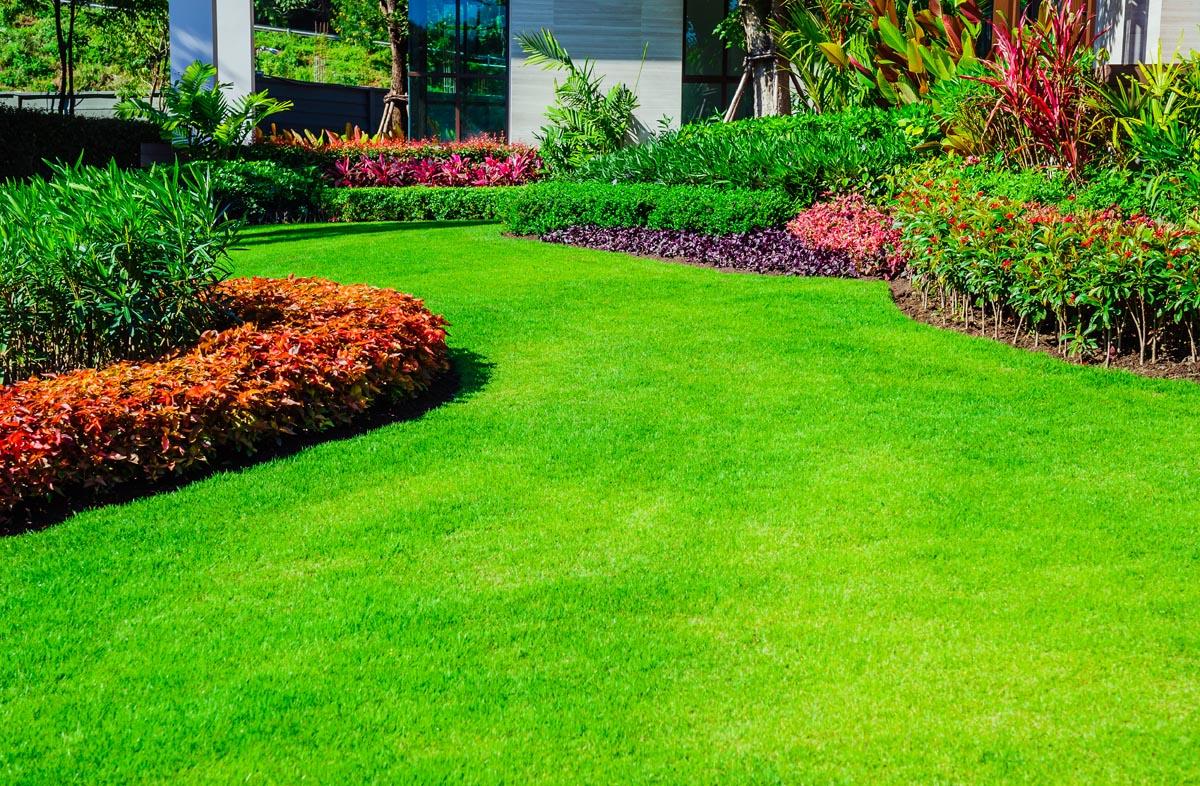
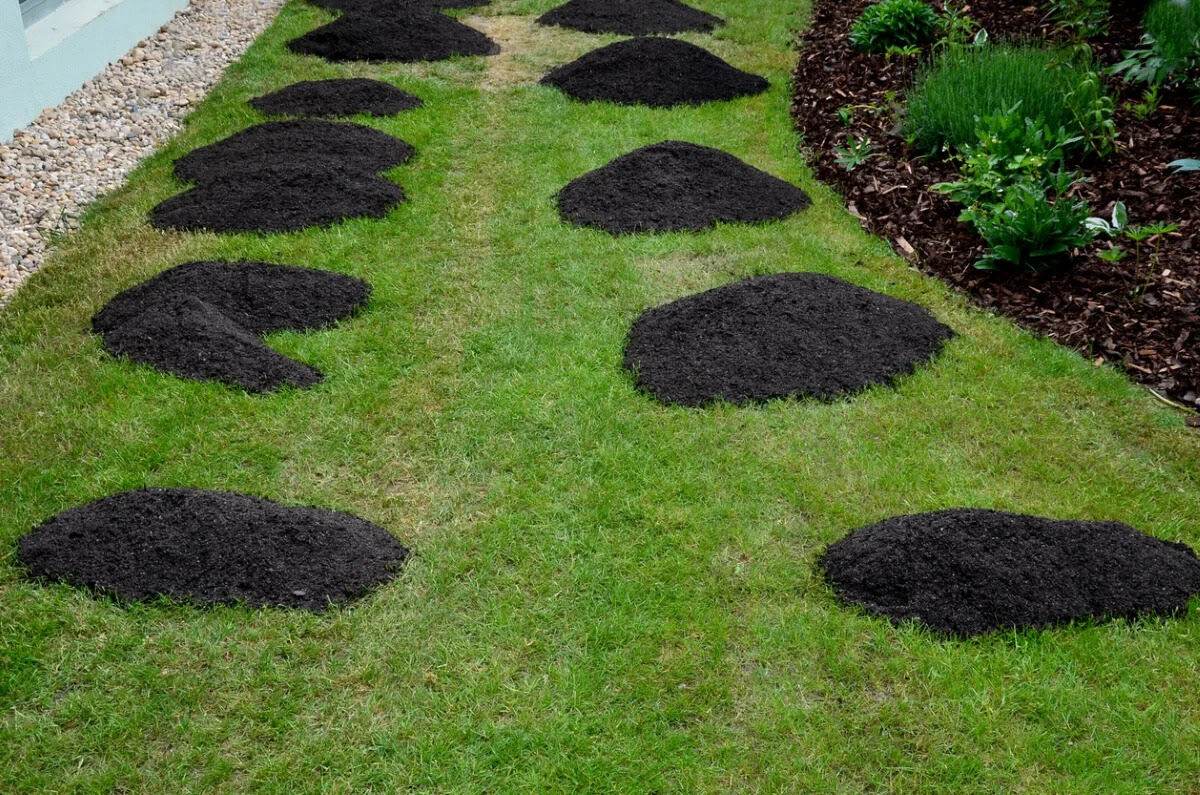
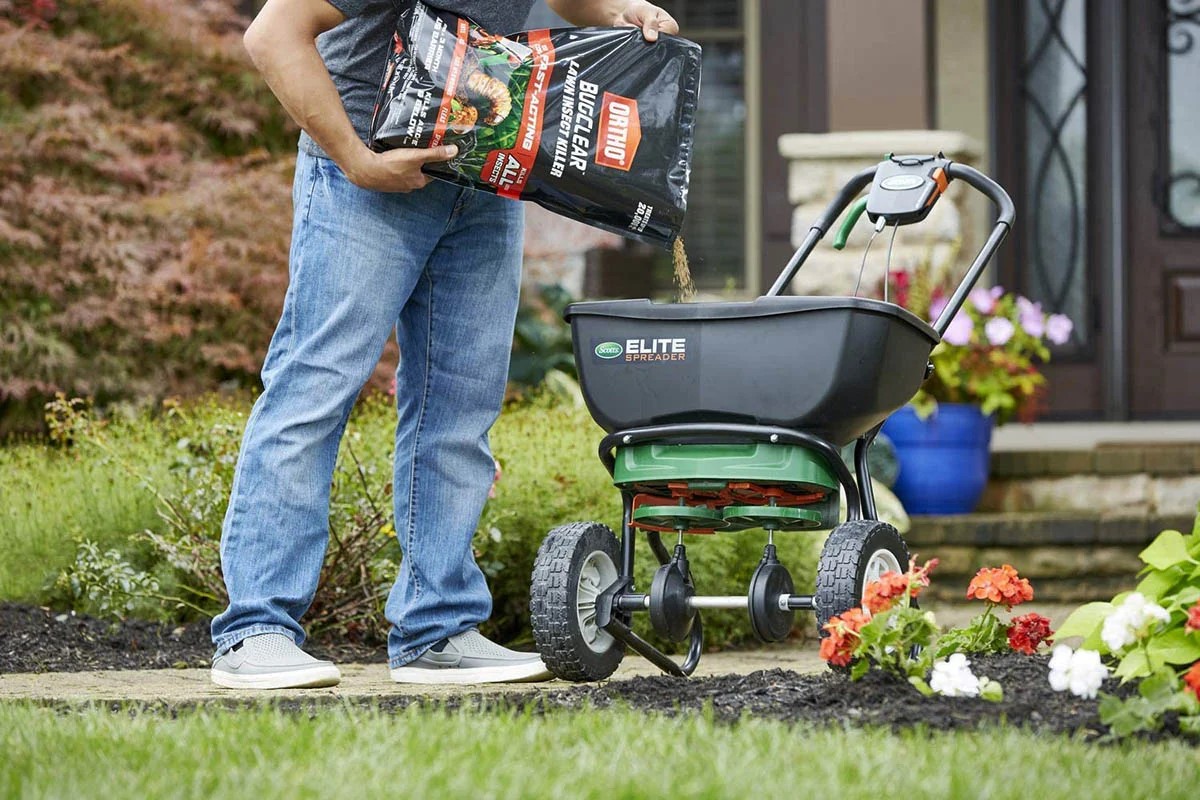
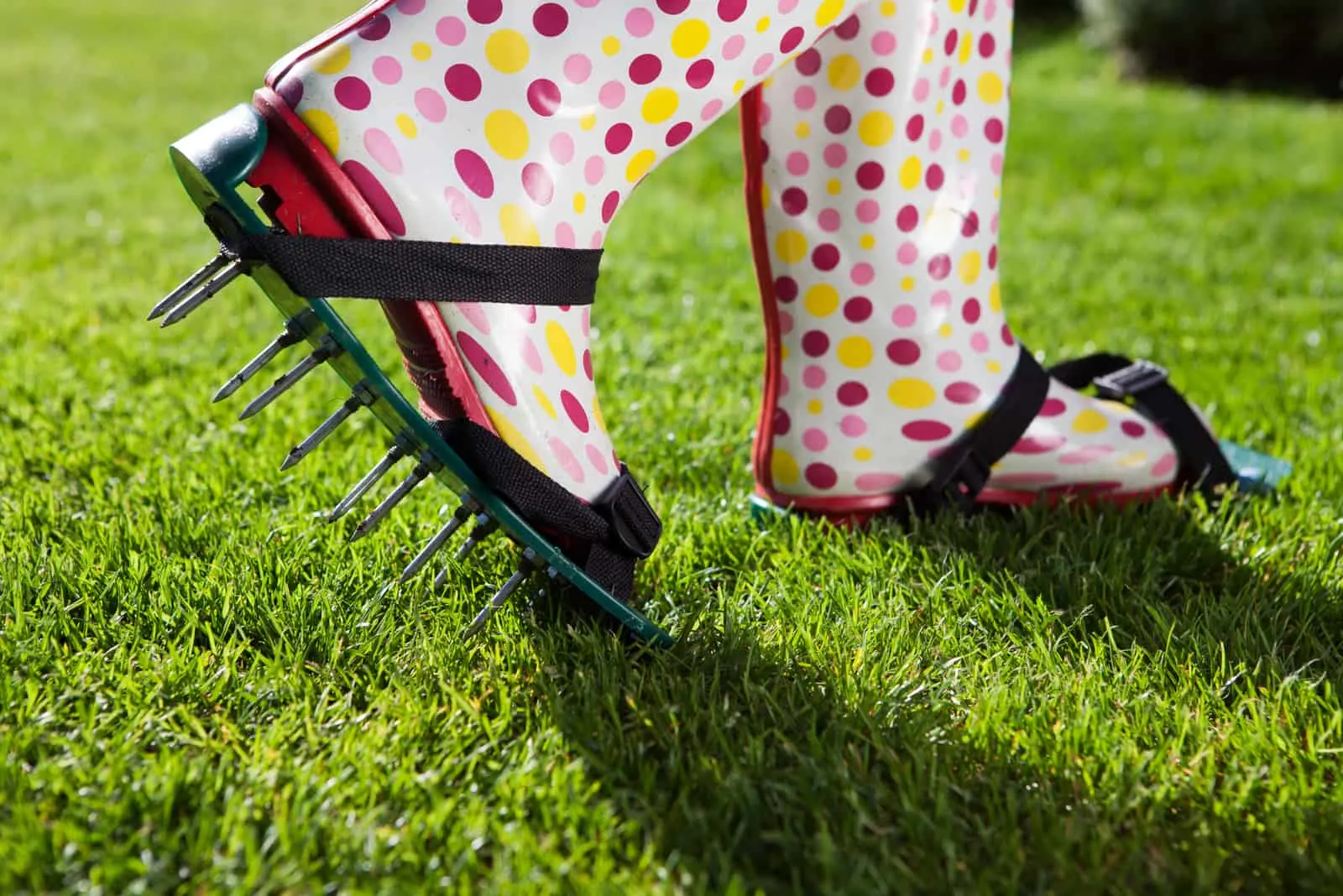
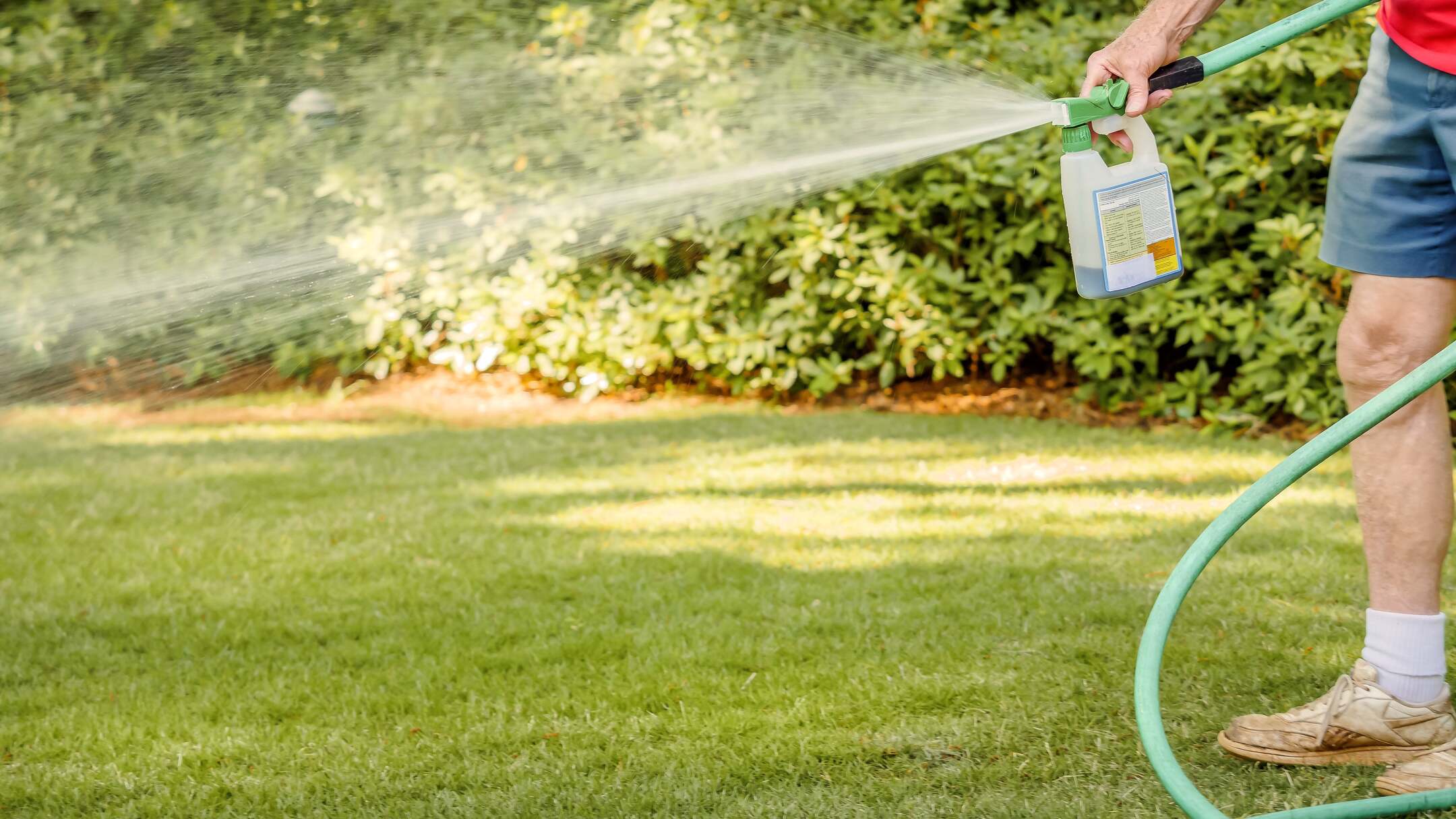
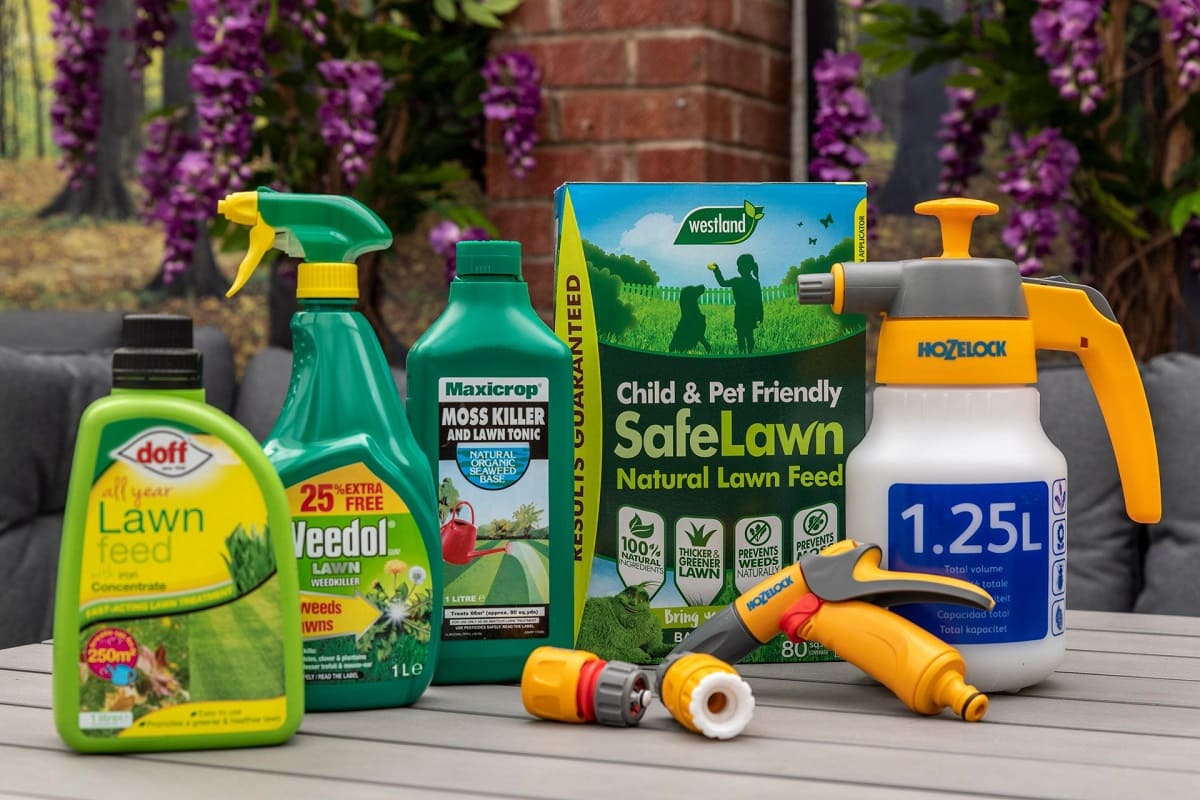

0 thoughts on “What Is The Best Aerator For Lawns”